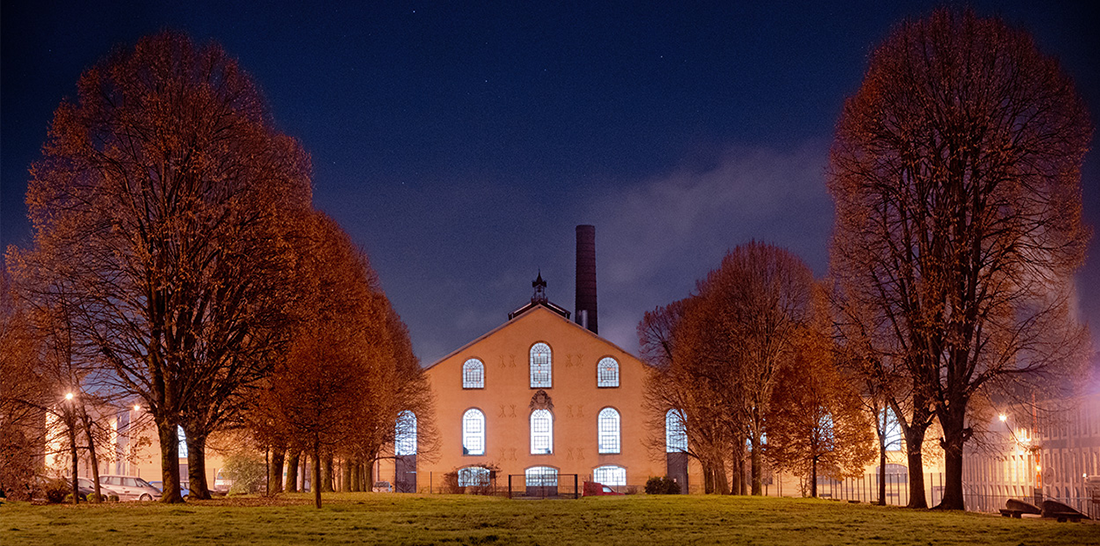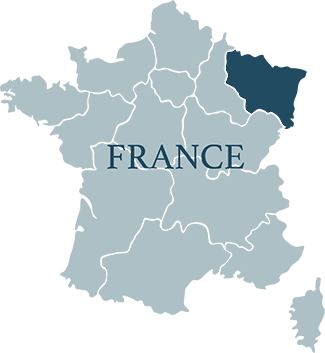

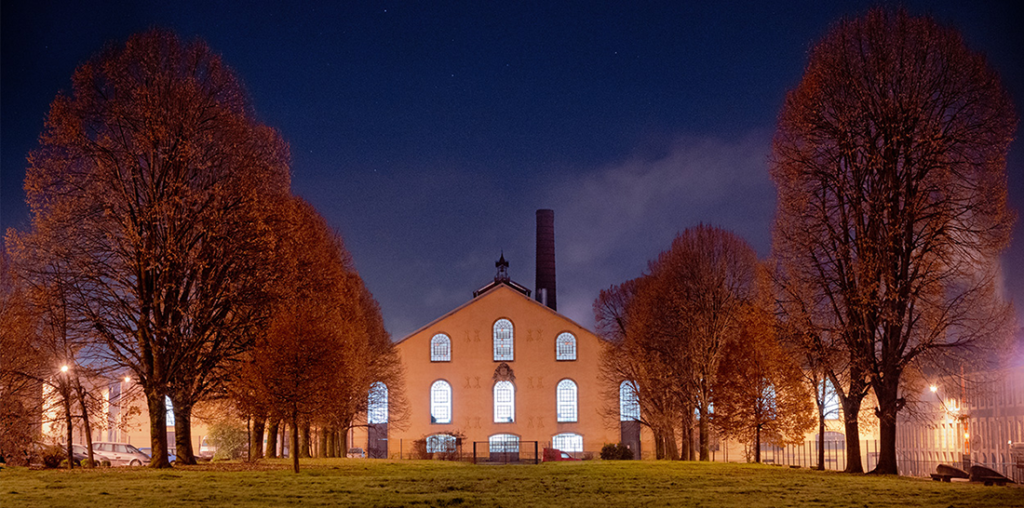
One evening, I was observing the beauty of a BACCARAT glass that was handed to me. The way it reflected the light, like a diamond, and the extraordinary design. It was so light, and I remember feeling the rare sense of pleasure I get in front of a unique, elegant, tasteful object, created with impeccable craftsmanship. It was not until recently that I became passionate about crystal and its processing, and BACCARAT is an absolute reference point to me. From the masterpiece of a chandelier to a small precious object, each creation has the magic of conferring prestige and excellence to all places.
I wanted to know more about this
legendary brand, why is it called Baccarat,
and for how long they have been passing
down their savoir-faire
from generation to generation?
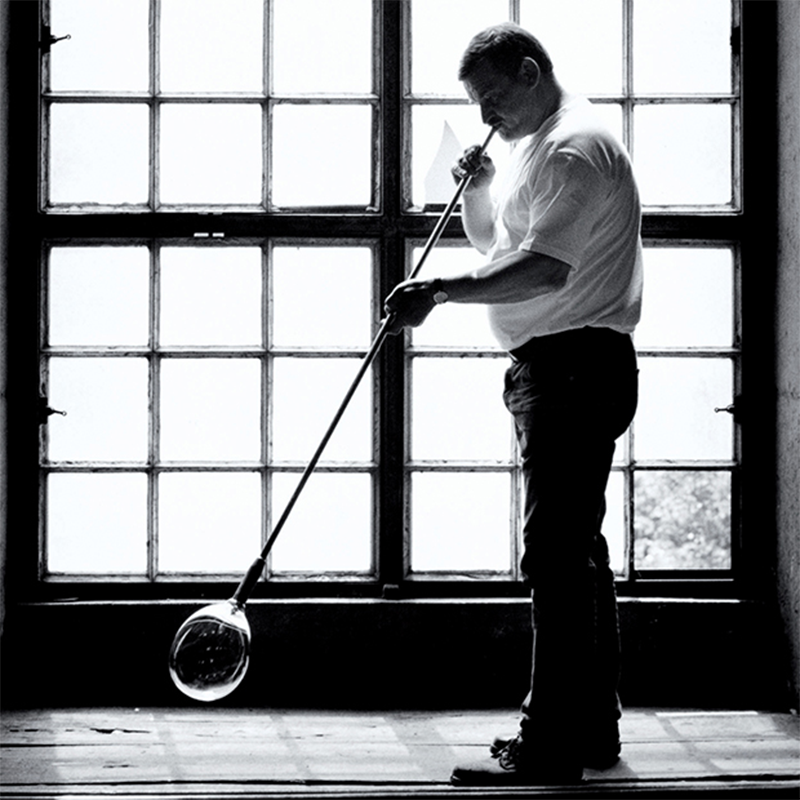
The history of BACCARAT crystals begins in 1764 in the village of Baccarat, in Lorraine along the banks of the Meurthe river. Louis de Montmorency-Laval, then bishop of Metz, asked the King of France Louis XV the permission to open a factory for glass production, since, at the time, France was forced to buy glass either from Venice or Bohemia. And so, the Verrerie Sainte Anne came to light. The territory was ideal; while being rich in silicon, the large surrounding forests provided coal for the furnaces. The production proceeded steadily until the French Revolution, which caused the factory to close in 1806. In 1816, the Verrerie was taken over by the entrepreneur Aimé-Gabriel d’Artigues and, from that moment on, it specialized in crystal processing, becoming, a few years later, the first crystal factory in France with prestigious orders from King Louis XVIII, Charles X and Louis Philippe.
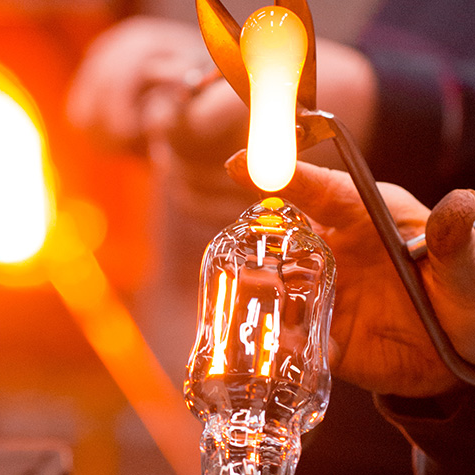
The period of the Restoration was characterized by excitement and innovation, following the introduction of new processes and particular colors, such as the famous golden red, an innovation that will bring the company numerous awards and gold medals. During the Universal Exhibition of 1823, the BACCARAT brand became in demand worldwide, with orders from kings and emperors. One of these orders was for the Harcourt glass, a symbol and icon of the company, still in production, created in 1841 for the King of France Louis Philippe. The glass is engraved with the royal monogram and has the characteristic ruby red button obtained with the progressive melting of crystal with gold dust at 540 °.
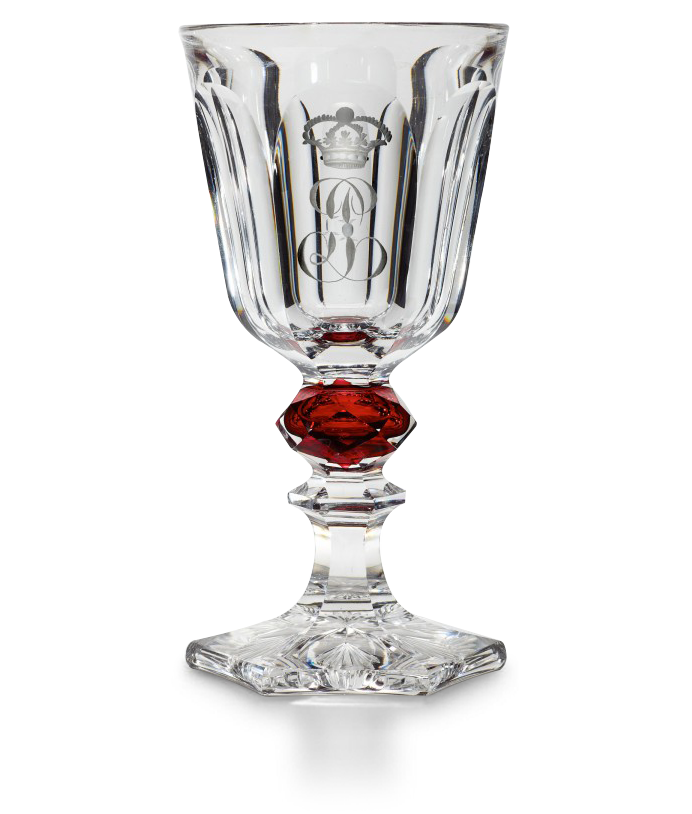
From the Harcourt glass also Napoleon III, Pope John Paul II and the King of Morocco drank. At the Universal Exhibition in Paris in 1867, BACCARAT presented two exceptional vases with decorations inspired by Charles-Joseph Natoire’s paintings, representing the Allegory of Water and the Allegory of Earth. The engraver is Jean Baptiste Simon, who will have the privilege of signing his work. Beautiful 76-cm-high vases, that took a whole year each to be produced. Among the great royal orders, it is worth mentioning the Tsar Nicholas II order, the so-called ‘Tsar Chandelier’, 3.85 meters high and made up of 3,320 pieces of crystal with 79 candles.
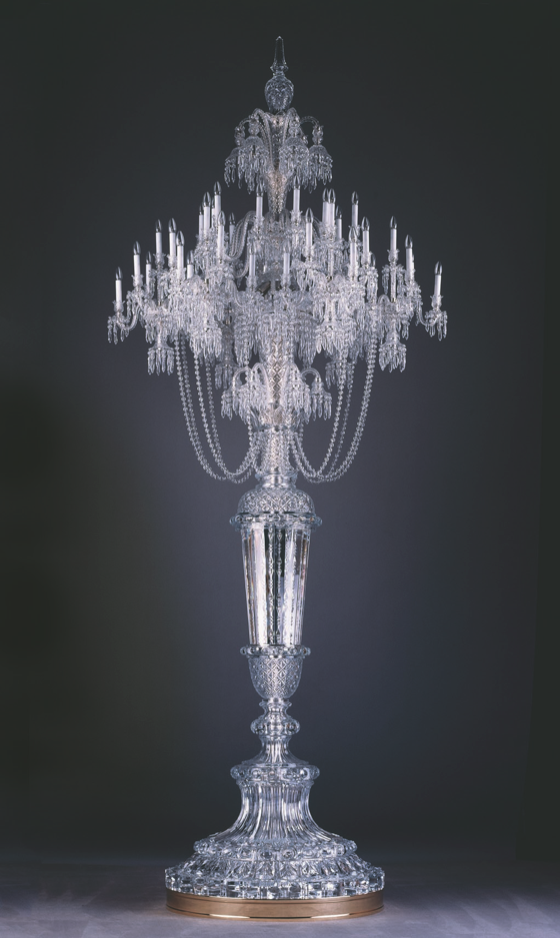
Nicholas II, during his stay in Paris in 1896, commissioned a few for his palaces in St. Petersburg, however, asking for an electric version of it. And so that became the first electric-lighting BACCARAT chandelier. At the beginning of the 20thcentury, BACCARAT begins the production of perfume bottles. Also, Sillage de la Reine, the perfume recently recreated based on the one used by Marie Antoinette, is contained in a BACCARAT crystal bottle. In 1948, Soleil was designed, a large crystal-rayed clock, designed by George Chevalier and inspired by the symbol of the Sun King.
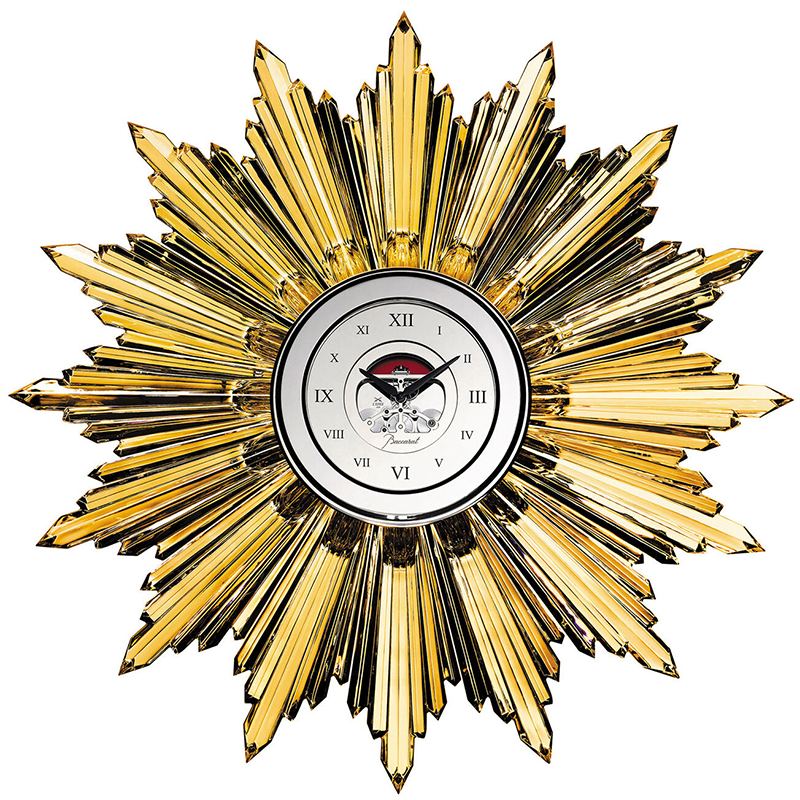
In 1956, for the wedding of Prince Rainier of Monaco with Grace Kelly, two perfume bottles were made with their initials in pure gold, based on a reissue of a 1913 Malmaison service. In 1993, BACCARAT launched its first jewelry line and in 1995 the glass collection underwent a revolution with the birth of the very refined Vega collection. And the BACCARAT story continues, even in this very minute, through each creation of the extraordinary collections that we are lucky to be able to admire and own.
If you go to Lorraine, you can’t miss
the MUSEUM in BACCARAT
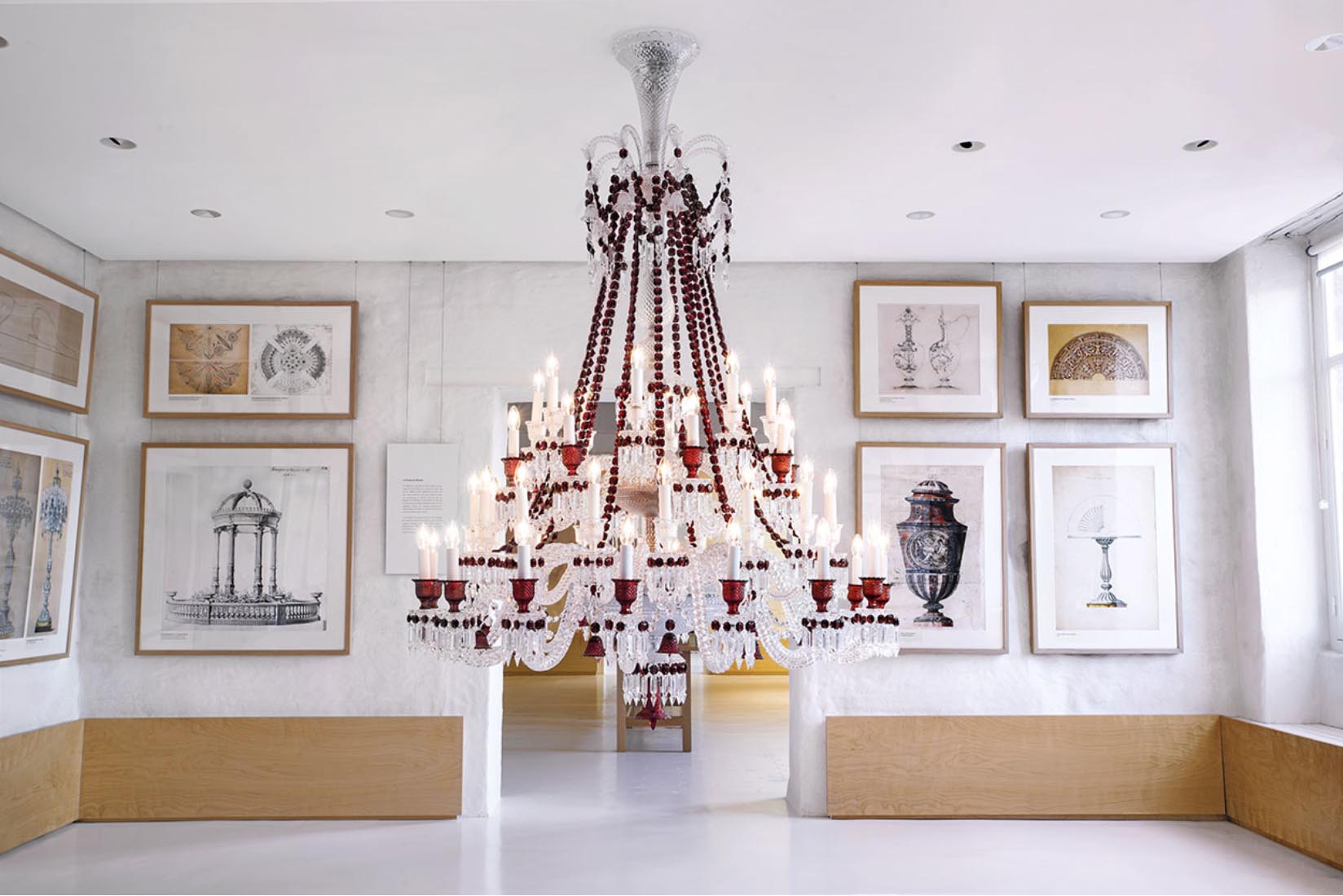
The museum is inside the factory, you can hear the constant roar of the ovens in the distance, which are right in front of the museum. Conceived on the image of a collector’s home, the museum reflects the legendary history of BACCARAT. Within a refined setting that sublimates the virtuosity of the crystal artisans, you will admire a selection of emblematic works from BACCARAT‘s heritage. Among the masterpieces on display, the water jug offered to Charles X, the first sovereign to visit the crystal factory in 1828, the 24-branched candelabrum of the Tsarina and the Three Graces vase, presented by the Maison on the occasion of the International Exhibition of Eastern France, held in Nancy in 1909.
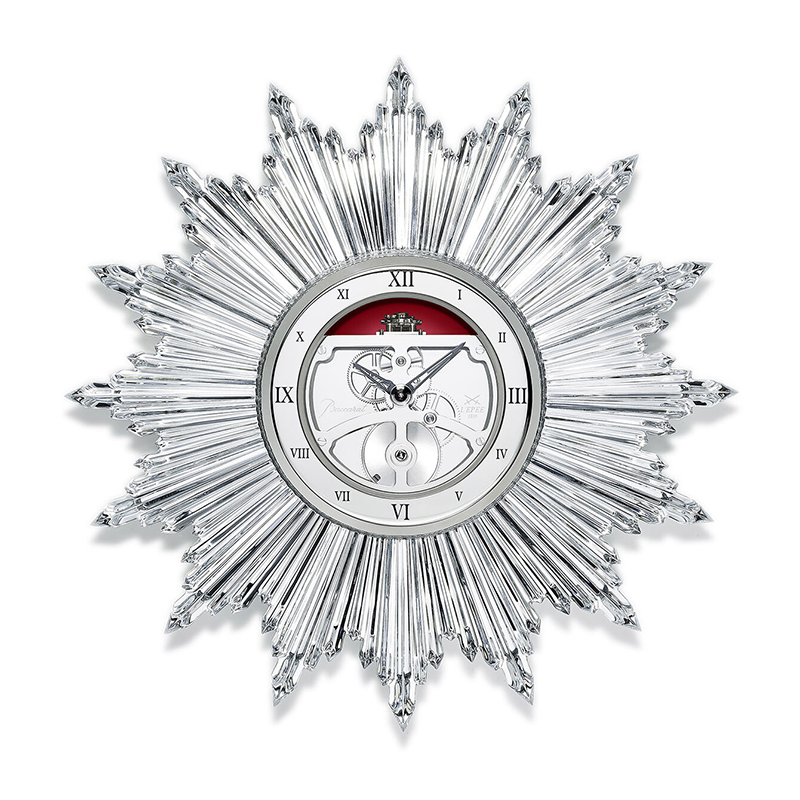
Wall Clock
HERITAGE MINI SOLEIL
by BACCARAT

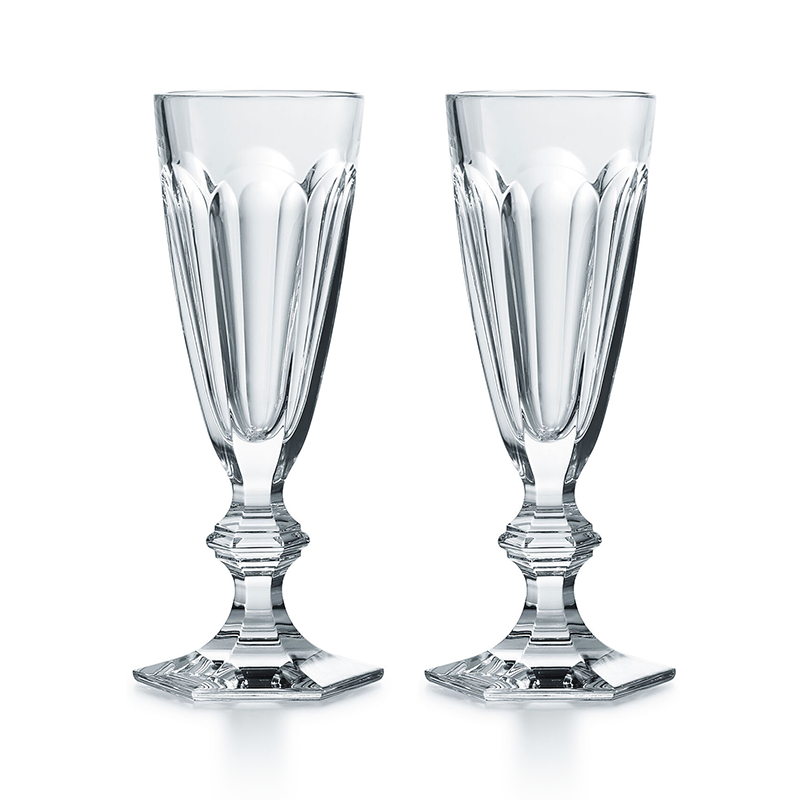
Champagne Flute (Set x2)
HARCOURT 1841
by BACCARAT

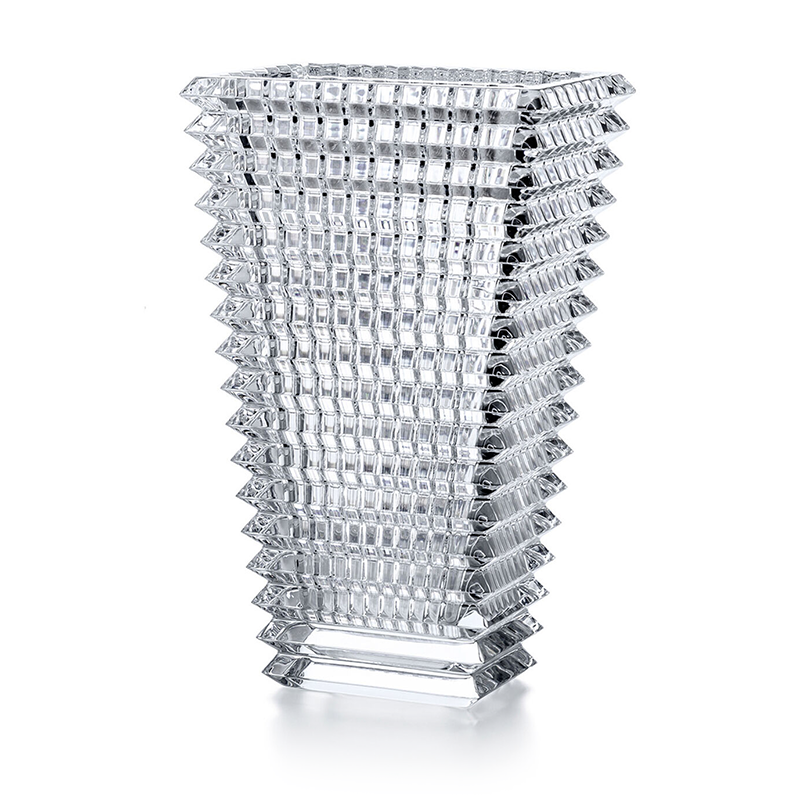
Vase EYE
RETTANGOLARE L
by BACCARAT

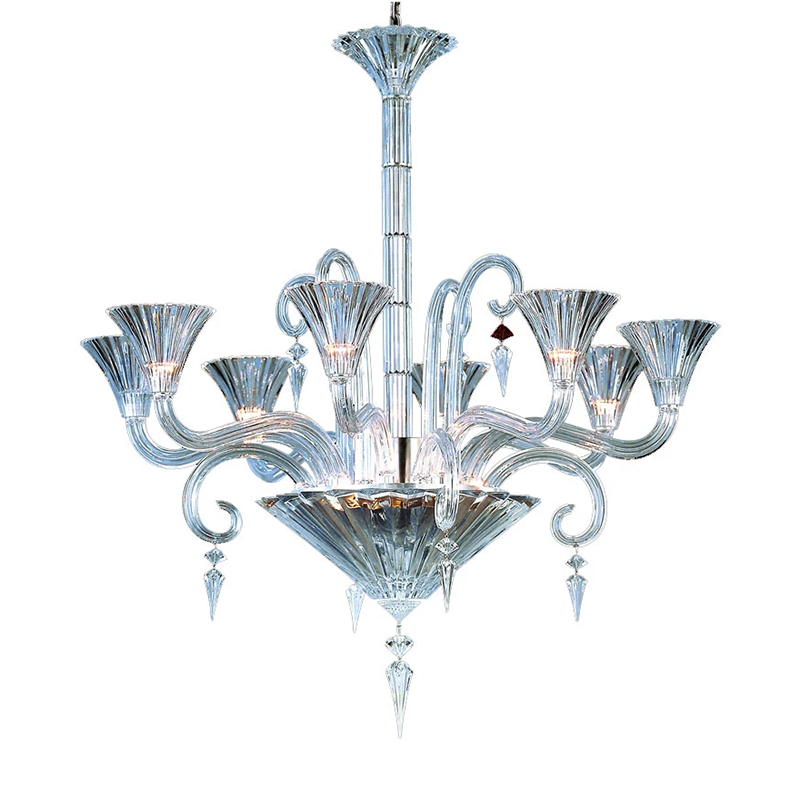
Chandelier 08L MILLE NUITS LUSTRE
by BACCARAT

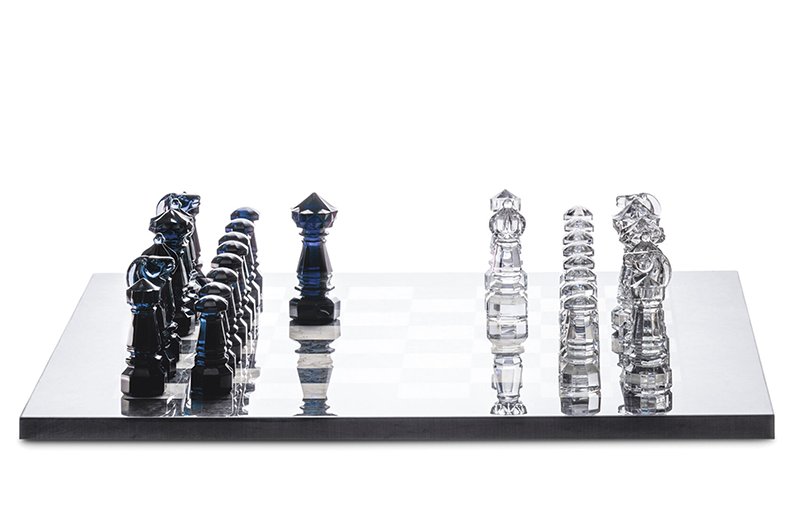
CHESSBOARD
by BACCARAT

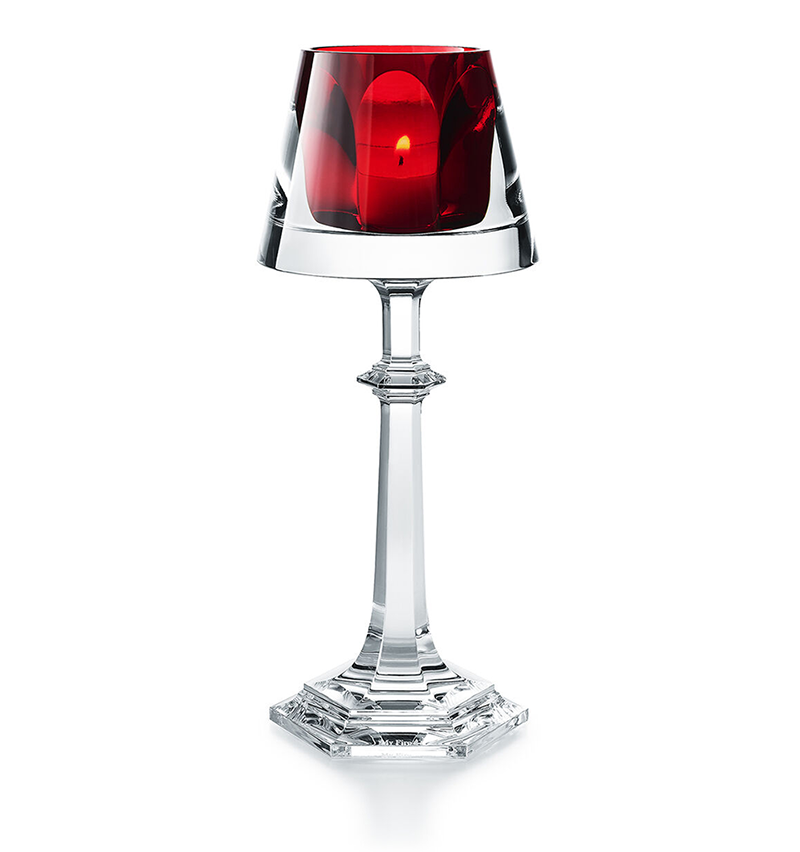
Candlestick HARCOURT – MY FIRE
by BACCARAT

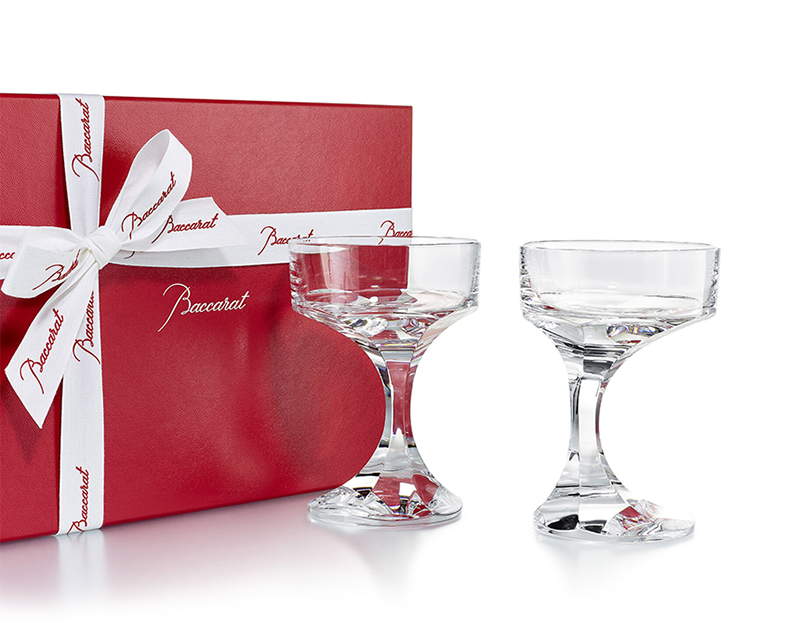
NARCISSE
Champagne Coupe Glass (Set x2)
by BACCARAT


